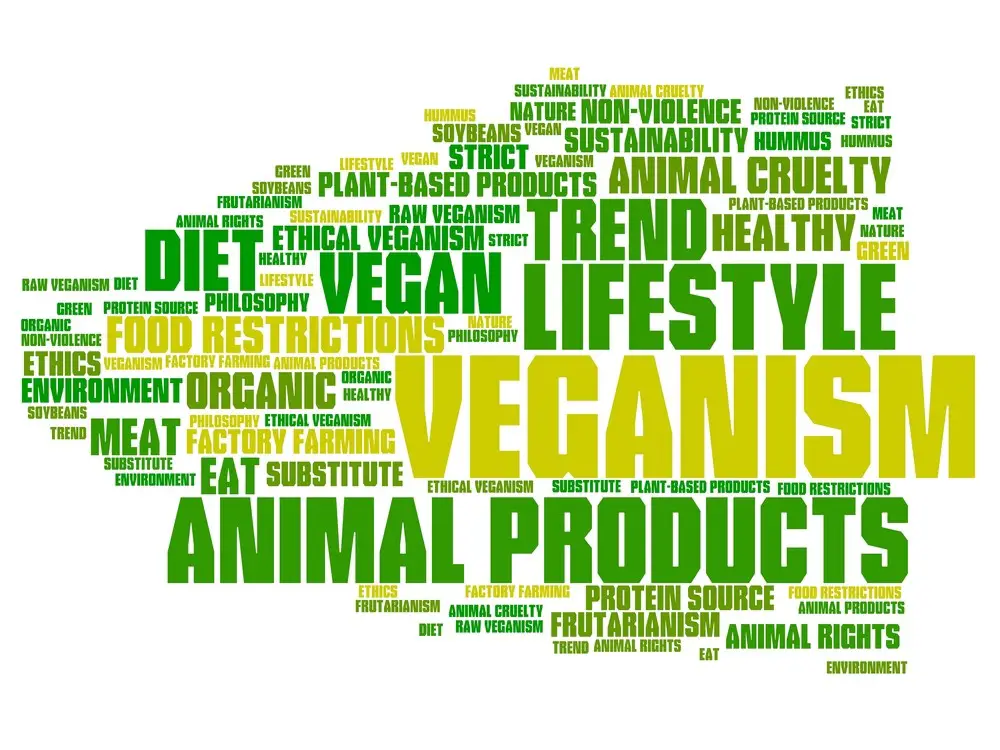People have become increasingly aware of the impact of agriculture, particularly cattle farming, on the environment. More people are abandoning meat or reducing their consumption to become sustainable eaters. Meat alternatives have grown in popularity. Many people are starting to wonder if the only way to be a sustainable eater is to be vegan.
The Impact of Animal Farming on the Environment
Eating a plant-based diet is better for the environment than a diet with farmed animal products. A third of human-induced methane emissions derive from livestock, primarily cattle, due to the digestive processes they have to digest plants. Farm animals also produce around 14% of human-caused climate emissions, with methane from their manure and burps being essential drivers of global warming. If the world is to achieve its climate goals, reducing methane emissions will be very important.
Do Meat Alternatives and Alternatives to Meat Products Help?
Many people have concluded that to be sustainable eaters, they have become vegans, eating alternatives to meat products. So, rather than milk, they eat almond milk, soy milk, or other alternatives.
According to a 2020 study, chicken alternatives had a 43% lower carbon footprint than chicken. Alternative pork has a 63% lower carbon footprint than natural pork. Alternative beef has an 87% to 93% lower carbon footprint than natural beef.
However, the group noted that their research was a review of existing research and that most of it have been funded by alternative meat producers or non-profits promoting them.
WBUR studied alternatives to meat products to see if they positively impacted the environment.
Alternative eggs were found to have a lower carbon footprint than chicken eggs. This comparison was made with Just Egg, produced from mung beans. However, the study into plant-based eggs was funded by Just Eggs.
Anyone doing cabinet refacing always feels like they have to have space in their cabinets for some milk. Well, cow milk was compared to alternative milk, and found that alternative milk has a lower carbon footprint than dairy milk, even when that dairy milk was organic and locally sourced.
Source: OurWorld
Comparing alternative meats against each other showed that oat and soy milk have a lower carbon footprint than rice and almond milk.
The cheese was compared to alternative cheese made from potatoes, coconut oils, cornstarch, and tapioca and was found to have a lower carbon footprint than dairy cheese. Alternative cheese made from tree nuts, such as cashews, and almonds, have not been studied, but because of the water they use, they may have a higher carbon footprint than other cheese alternatives.
Locally sourced cheeses still have a higher carbon footprint than cheese alternatives because of the carbon emissions from dairy cattle. 60% to 70% of the environmental impact of cheeses stems from dairy cattle’s methane emissions rather than the actual production of the cheese.

What is the best diet for a sustainable eater?
There are many diets that people can choose from to be sustainable eaters. Some people may become vegan, while others may continue to eat meat but reduce their consumption or focus on choosing meats with a lower carbon footprint. The best diet for a sustainable eater is one that they can stick to and meets their nutritional needs.
What are some of the environmental impacts of animal farming?
Animal farming is one of the leading causes of greenhouse gas emissions, water pollution, and habitat destruction.
Do meat alternatives help the environment?
Many meat alternatives have a lower carbon footprint than animal-based meat products. However, the impact of meat alternatives on the environment depends on how they are produced and what ingredients are used.
How can I reduce my carbon footprint?
There are many ways to reduce your carbon footprint, including reducing your consumption of animal products, eating locally sourced food, and choosing sustainable transportation options.
What is the best way to reduce my water footprint?
You can reduce your water footprint by reducing your consumption of animal products, eating locally sourced food, and choosing water-efficient appliances. You can also take steps to conserve water in your home, such as fixing leaks and watering your plants during the cooler hours of the day.

